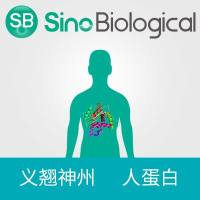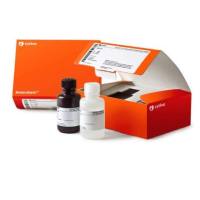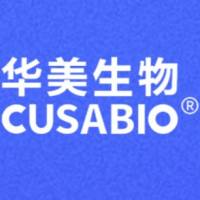Detection of Noncollagenous Bone Proteins in Methylmethacrylate-Embedded Human Bone Sections
互联网
464
The organic matrix of bone is a well-organized network of proteins. The main constituent is type I collagen. The noncollagenous proteins (NCPs) comprise about 10% of the total bone protein content. A variety of NCPs has been identified, including osteocalcin, osteopontin, osteonectin, bone sialoprotein, decorin, and biglycan. Of this group only osteocalcin and bone sialoprotein are specific for bone, whereas the other proteins are also present in other, noncalcifying, tissues. The knowledge of their role in and their effects on bone metabolism is limited. It is thought that these proteins play a role in the regulation of mineralization, in the attachment of osteoblasts and osteoclasts to the bone matrix, and/or attraction of cells to the bone matrix. In addition, a second group of proteins can be considered as noncollagenous bone matrix proteins, consisting of so-called growth factors “stored” in the bone matrix and may be released during bone resorption. Of these proteins, distinct cellular effects have been described, for example, regulation of growth and differentiation of cells. They probably do not play a direct role in the initiation of crystal formation of progress and termination of the mineralization process but may play a role in the coupling between resorption and formation. Examples of this second group are transforming growth factor beta (TGFβ), insulin-like growth factors, and bone morphogenetic proteins.









